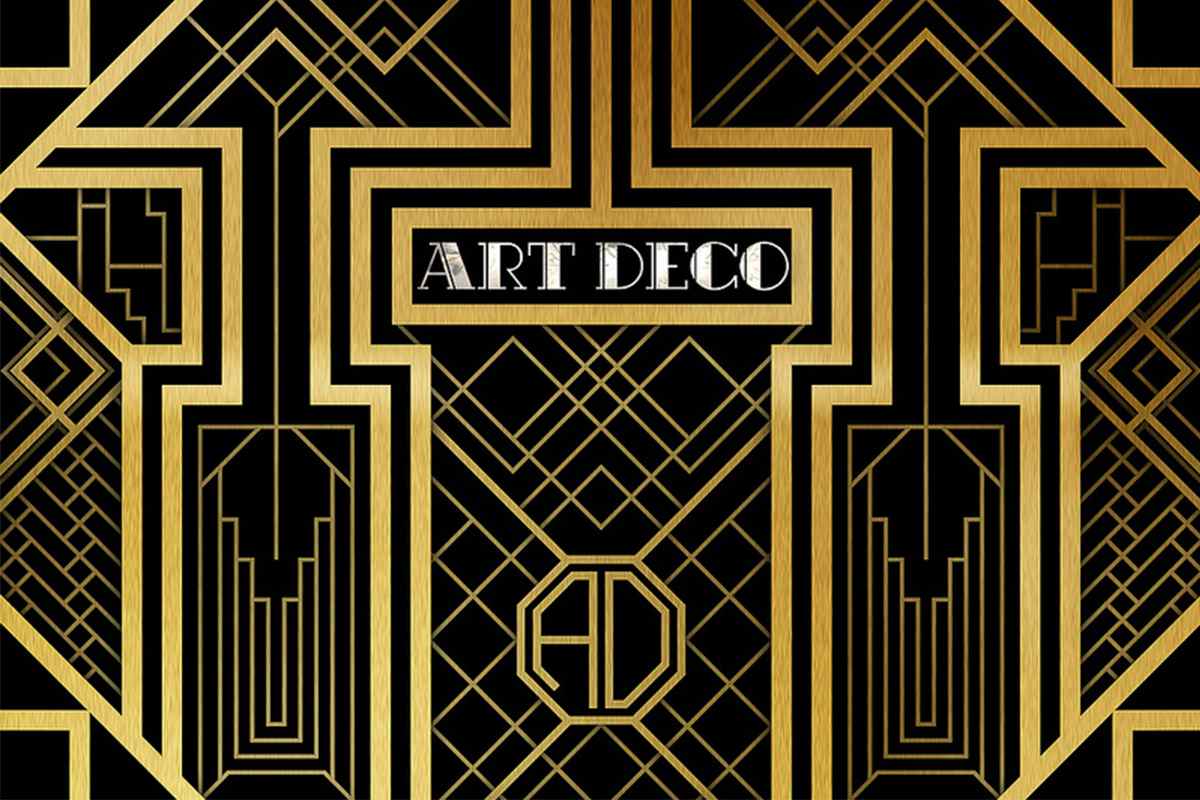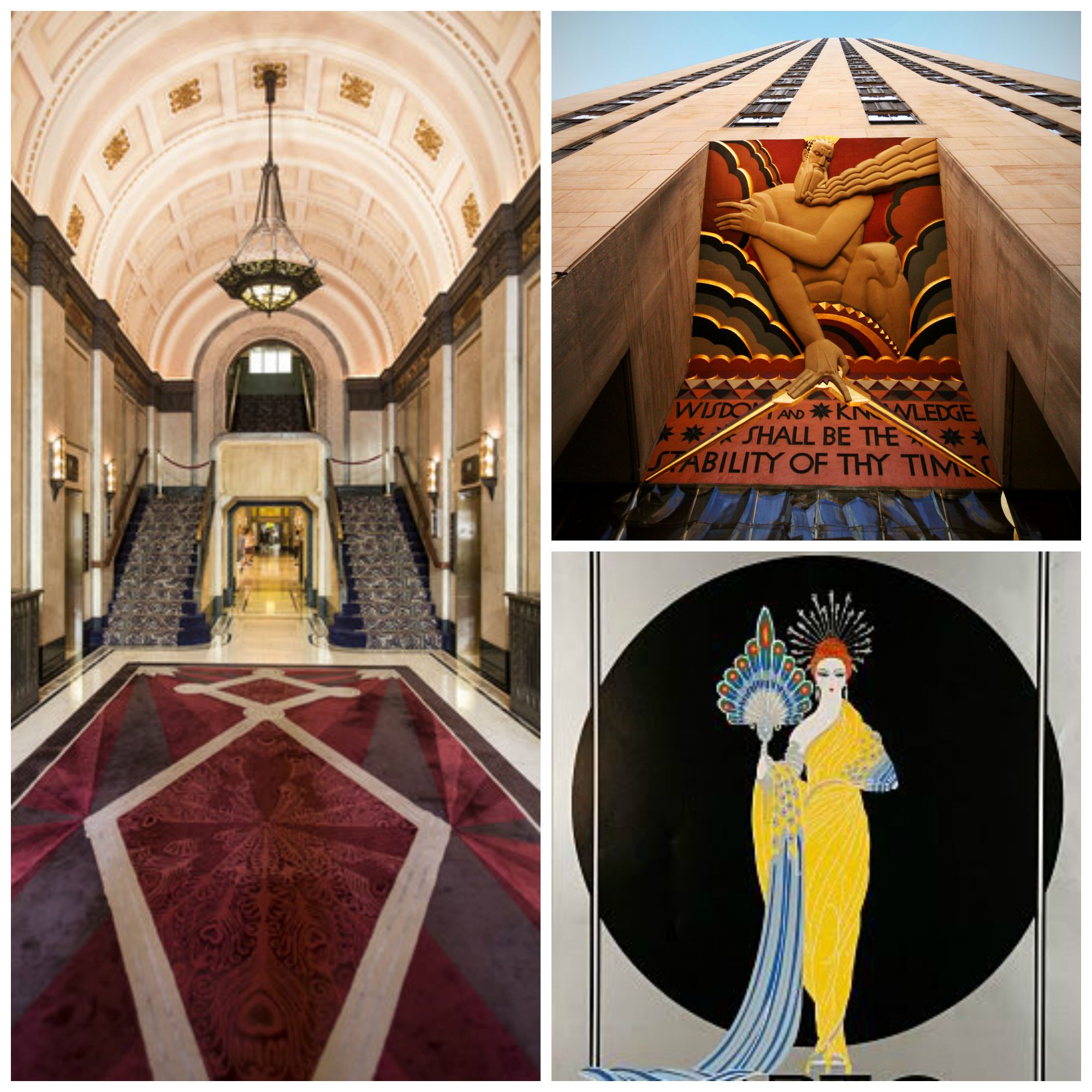Art Deco History and Evolution

Deco design – Art Deco emerged in the 1920s as a reaction against the elaborate ornamentation of Art Nouveau. It was influenced by the machine age, with its emphasis on clean lines, geometric shapes, and streamlined forms. Art Deco also drew inspiration from ancient Egyptian, Mayan, and Aztec cultures, as well as from the Far East.
Deco design, with its characteristic geometric patterns and bold colors, has made a comeback in recent years. However, for those who prefer a more modern approach, e design interior design offers a convenient and affordable way to achieve a similar look.
With e design, you can work with a professional interior designer remotely, sharing your ideas and preferences through online platforms. This allows you to create a custom deco design scheme that perfectly complements your home’s style and personality.
Key characteristics of Art Deco design include:
- Geometric shapes, such as triangles, squares, and circles
- Clean lines and streamlined forms
- Bold colors, such as black, white, gold, and red
- Use of exotic materials, such as ivory, ebony, and lacquer
Notable Art Deco Architects and Designers
Some of the most notable Art Deco architects and designers include:
- Raymond Hood
- Walter Gropius
- Le Corbusier
- Eileen Gray
Art Deco Design Elements and Principles
:max_bytes(150000):strip_icc()/02-fdee7f0e8bdc4509a61307ee9320df60.jpg)
Art Deco, a style that flourished in the 1920s and 1930s, is characterized by its bold geometric shapes, vibrant colors, and luxurious materials.
Geometric Shapes and Bold Colors
Art Deco design is known for its use of geometric shapes, such as triangles, squares, circles, and zigzags. These shapes are often combined in bold and striking compositions, creating a sense of rhythm and movement. The use of bold colors, such as gold, silver, black, and red, further enhances the visual impact of Art Deco designs.
Luxurious Materials
Art Deco designers often used luxurious materials, such as marble, glass, metal, and exotic woods, to create their works. These materials were often combined in unexpected and innovative ways, resulting in pieces that were both visually appealing and highly functional.
Principles of Symmetry, Balance, and Repetition
Art Deco compositions often adhere to the principles of symmetry, balance, and repetition. Symmetry creates a sense of order and harmony, while balance ensures that the visual weight of the composition is evenly distributed. Repetition of motifs and patterns helps to create a sense of rhythm and unity.
Motifs and Patterns
Common Art Deco motifs include stylized florals, geometric patterns, and sunbursts. These motifs were often used in combination with bold colors and geometric shapes to create striking and memorable designs.
Art Deco Applications in Architecture, Interiors, and Fashion: Deco Design

Art Deco’s influence extended beyond the realm of art and into the practical world, leaving an indelible mark on architecture, interiors, and fashion. Its distinctive style and motifs found expression in a wide range of applications, shaping the aesthetic landscape of the early 20th century.
Architecture
Art Deco architecture emerged as a bold and geometric response to the ornate styles of the past. Buildings featured clean lines, sharp angles, and symmetrical facades adorned with stylized motifs. Notable examples include the Chrysler Building in New York City, with its iconic Art Deco crown, and the Empire State Building, whose stepped silhouette evokes the era’s skyscraper aesthetic.
Interiors
Art Deco interiors embraced the same principles of geometric simplicity and bold ornamentation. Furniture was characterized by sleek lines, geometric shapes, and luxurious materials such as chrome, leather, and exotic woods. Lighting fixtures often incorporated geometric patterns and metallic accents, while decorative objects featured stylized motifs and a mix of modern and traditional elements.
Fashion, Deco design
Art Deco fashion was equally distinctive, with a focus on glamour, sophistication, and geometric patterns. Women’s dresses featured low waistlines, flowing fabrics, and geometric embellishments. Accessories such as jewelry, hats, and handbags were often adorned with Art Deco motifs, reflecting the era’s obsession with style and modernity.
Deco design has a distinctive visual style that embraces geometric patterns, bold colors, and luxurious materials. Its influence can be seen in everything from furniture to architecture, and even in unexpected places like mars wallpaper. This unique wallpaper features a striking image of the Red Planet, complete with its iconic craters and dust storms.
It’s a perfect way to add a touch of celestial glamour to any room, and it’s sure to spark conversations about space exploration and the wonders of the universe. Deco design is all about making a statement, and mars wallpaper is no exception.